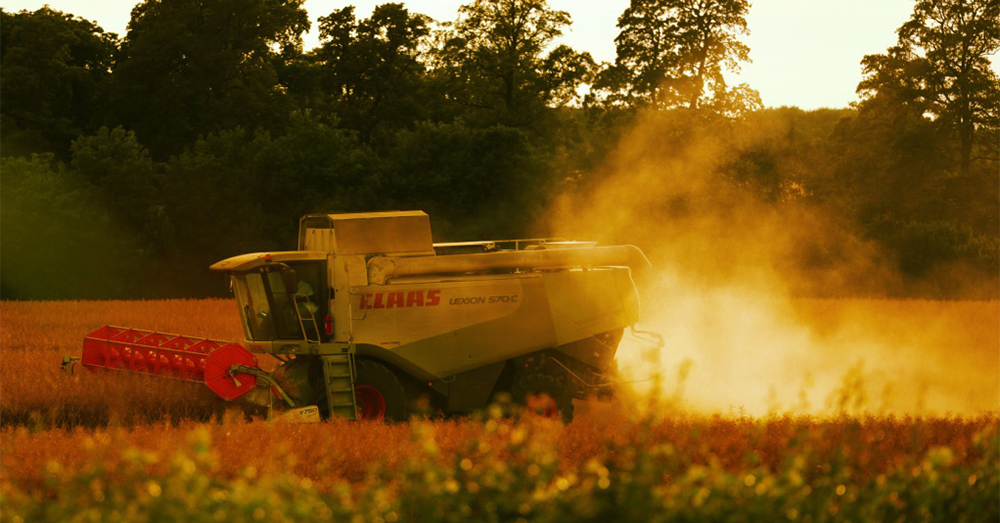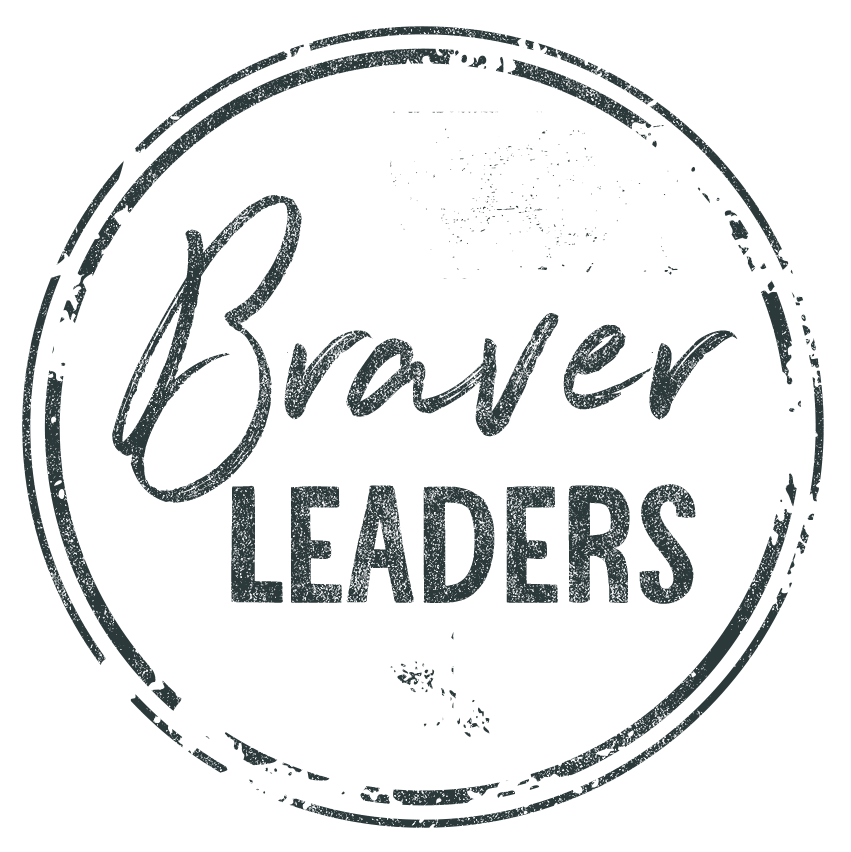
More Druid, less drained – work with your natural cycles and get the richest harvest.
I love this time of year, it’s a great reflection period for me, intuitively tied to the seasons.
I think that it helps that it’s around the time of my birthday so there is a natural closing of one cycle and start of another. This is perhaps less steeped in neuroscience and more in connectedness than some of my work, because I absolutely believe we are impacted by our environment, whether that be nature or the environment we create for ourselves.
Late summer is the period we harvest and see the results of our year’s labour. We also have to be pragmatic about whether it is enough to sustain us, whether there is more than we need and all of this informs how we move into the next cycle. I feel a real affinity to the Druid year which starts at the autumn equinox in September, moves through the year attuned to nature, ending with celebration and reaping of rewards late August before the cycle starts again.
Late summer into autumn is the period we harvest and see the results of our year’s labour. That old saying “you reap what you sow” comes to mind. It’s a time to look, to question whether what you created and harvested was what you wanted, did your dreams, plans and reality match up? It’s a period of reflection, of understanding, of preparing and planning for the next cycle by gathering the knowledge, learnings and wisdom from your reflections and results and cultivating your ‘land’. For me this is about making sure I know what I want to grow (both in myself and my business) and making sure I am ready for that growth.
Then comes the winter – and while this sounds a bit sinister, it is the rotting of the dead, the breaking down of unused things and most critically of letting go – if you don’t let go of what no longer serves you, you have no room for different or new ways. This letting go of the dead or decaying simply makes way for renewal, recycling and rebirth. This winter period is also a time for restoring, for resting and for refilling, for many people it is a time of going home – or going into yourself, or reconnecting and honouring. Of course, in real terms these activities relate to you and to your relationships with others, where do you need to be more connected, and what do you need to let go of in order to prepare for new seeds.
As we move into spring, we sow our seeds and long before we actually see the seeds we’ve sown, the real nurturing starts – this is the feeding and watering, the maintaining environmental balance that allows new seeds to take hold. Think about what happens for you and for your business – whether it is fuelling your inner fire, nurturing relationships, being brave enough to get out there and risk elements. If we want to thrive, this takes some real effort and energy and it rewards us with blossom, with strengthening shoots and strong roots. There is a real need for connectedness in this period, of collaborating forces – whether it be sun and rain, working together on projects or simply having each other’s backs to ensure crops are tended fully; this growth does not happen in isolation.
And summer. A time of growth and maturation, of visibility and shining: think bright sun, flowers blooming, less shadow to lurk in. It is a period that starts off busy and gets less so as the crops are harvested, as we start to relax and enjoy what we have created – traditionally where we holiday and enjoy the long sun filled days – even in the UK! And as the harvest is complete the cycle starts again. As we come towards the end of summer, I always feel like it’s time to celebrate what has been achieved however big or small, and gently focus energy and effort towards the next cycle.
To do this I ask myself the following questions:
1) Am I harvesting what I expected to be?
2) What preparation do I need to be doing for next year’s harvest?
3) Am I clear about what I’m growing, what I expect to yield, and is my environment going to cultivate my crop?
And if you want to craft the next stage of your journey with me, join us at BraveFest on 27th– 29thSeptember, where we will be combining practical business strategies with neuroscience, mindset and personal growth while spending time with nature enjoying some outdoor activities and campfires. The best combo of a luxury venue with countryside surround – camp, glamp or farmhouse B&B to suit your own style. Find out more www.bravefest.co.uk





Recent Comments